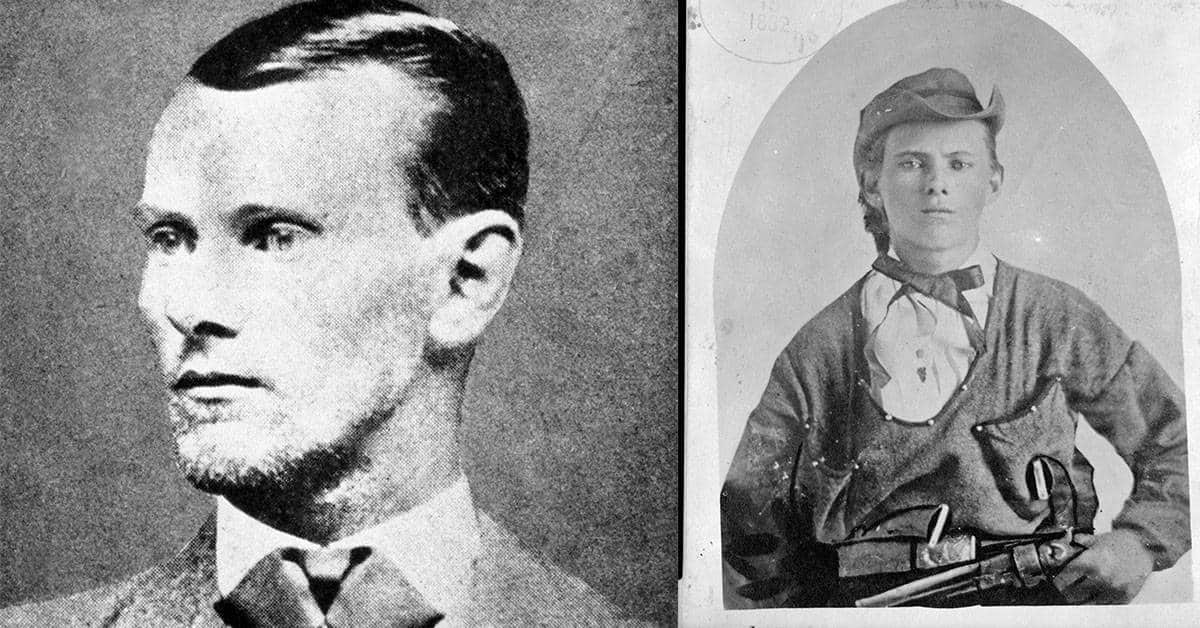Despite the fact that he was a thief and a cold-blooded killer, Jesse James enjoyed something of a ‘folk hero’ status in certain parts of the Old West. According to legend, along with his group of fellow bandits; the James-Younger Gang, he gave money from his robberies to the poor. In fact, there is no evidence whatsoever that he had a Robin Hood complex. Violence was part and parcel of his adult life, and it is no surprise that he died by the gun at a young age. However, the way he died was a little surprising. Normally, outlaws died at the hands of the police or a rival gang. In James’ case, one of his own men shot him from behind.
Son of a Preacher Man
On September 5, 1947, Jesse James was born in Clay County, Missouri. His father, Robert, was a Baptist minister and died in 1850 after falling ill upon his return from a gold mining expedition in California. James’ mother, Zerelda, now had three kids to feed and no source of income. She tried to set this issue straight by marrying an older man in 1852, but he didn’t want the children so Jesse, his brother Frank, and sister Susan, were forced to live with another family.

Zerelda left her second husband after a short period and returned to Missouri to be with her kids. She married once again in 1855 and had four more children with Dr. Reuben Samuel; all seven kids lived on the family farm. Throughout the criminal careers of Jesse and Frank, their mother always stood by their side and defended them.
Guerilla Warfare
As Missouri was a border state during the U.S. Civil War, it was the scene of guerilla warfare from both sides. The James-Samuel family was on the side of the Confederacy as Clay County was predominantly pro-South and was actually called Little Dixie. While 10% of Missouri’s population was slaves, the figure was as high as 25% in Clay County.
Both the Union and the Confederates were guilty of atrocities such as torture and murder, and Frank James joined a pro-secession group and fought at the Battle of Wilson’s Creek in 1861. He was forced to return home due to illness. In 1863, Frank was identified as a member of a Confederate Guerilla group and Union soldiers came to the James-Samuel farm searching for him. They hung Samuel from a tree (he survived) and legend has it that they whipped Jesse. In August, Frank was part of a raid on Lawrence, Kansas that resulted in the deaths of 200 people.
Jesse and Frank joined a group led by William Anderson and were involved in the Centralia, Missouri raid in September 1864 that resulted in the deaths of over 120 Union soldiers and Federal troops. In May 1865, Jesse was shot through the lung during a fight with Union soldiers near Lexington. His cousin, Zerelda Simms, nursed him back to health and the two would marry in 1874. After the war, the James brothers continued to keep in contact, and, along with Archie Clement, they made the transition from guerillas in wartime to outlaws in peacetime.

